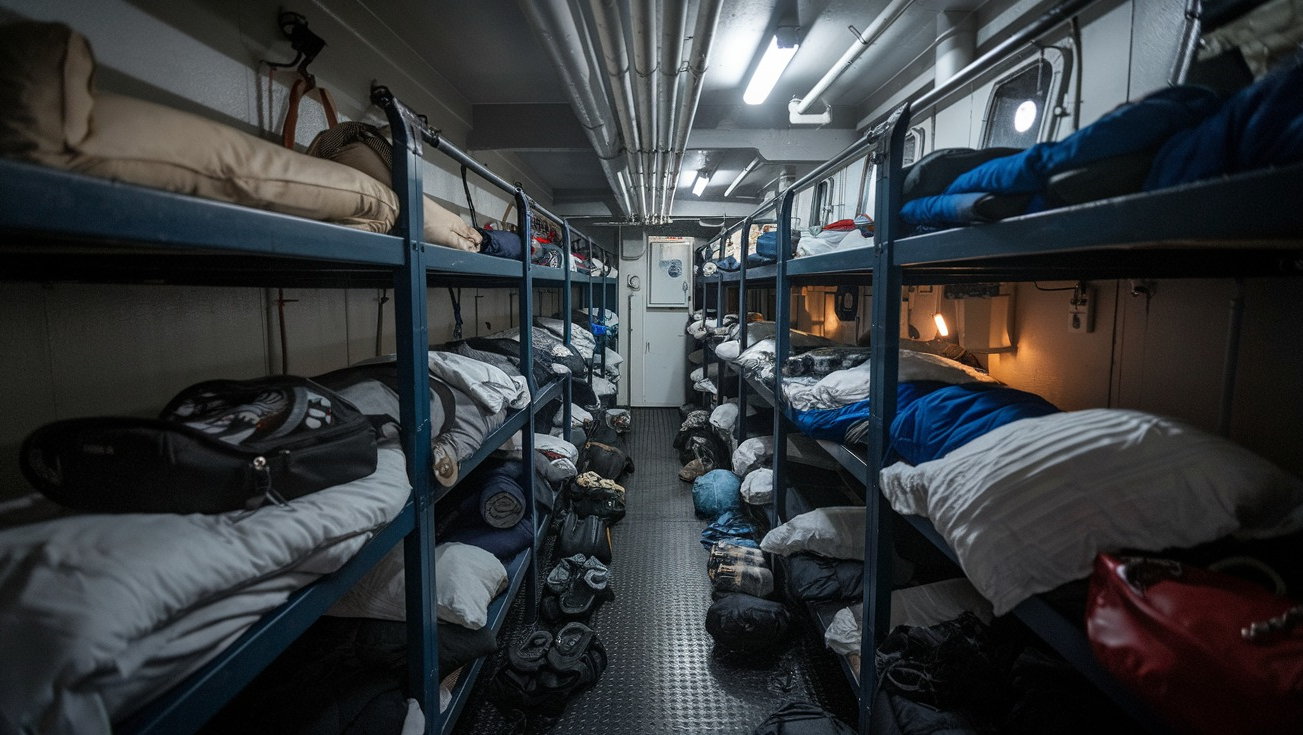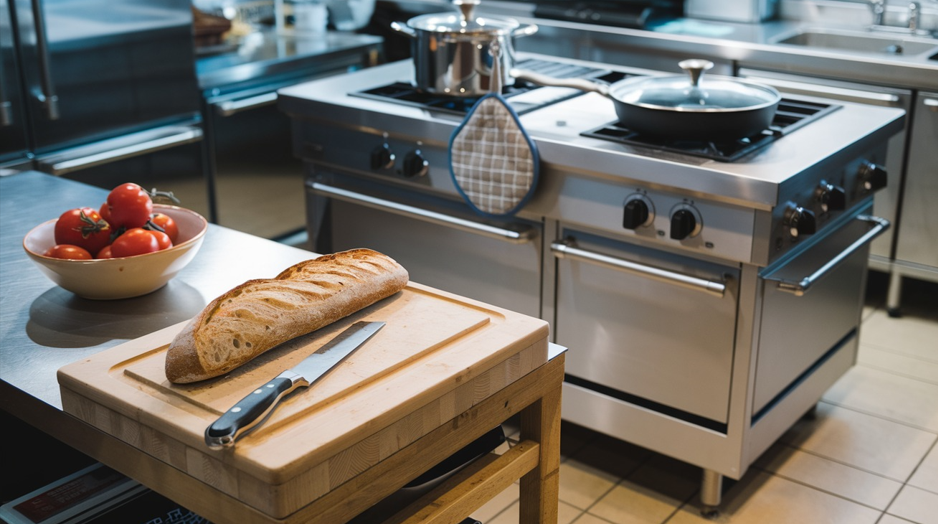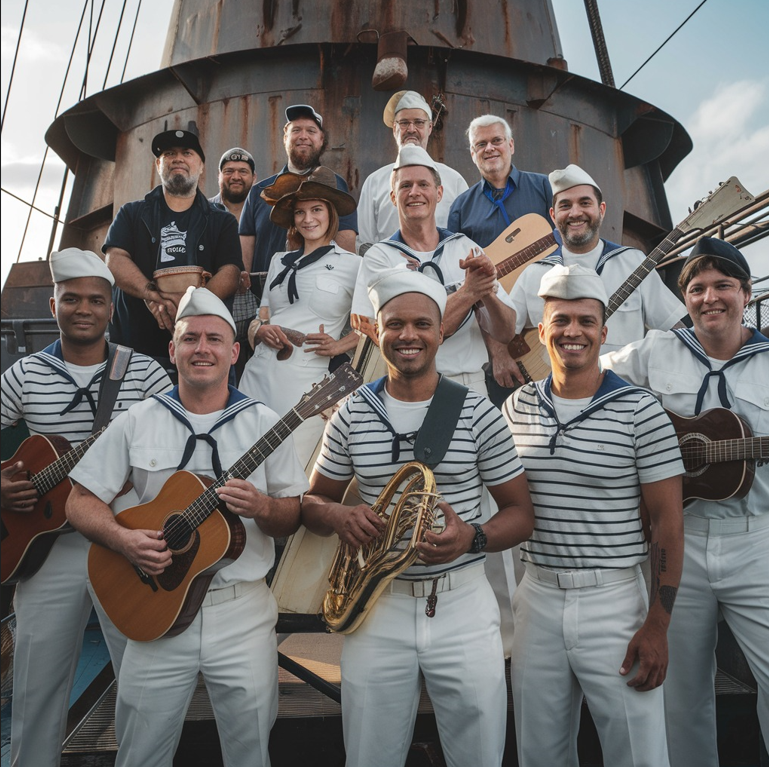Living on a ship presents unique challenges, especially regarding space and day-to-day routines. In The Grey Lady, shipboard life is depicted with a focus on the limited space, shared living quarters, and creative adaptations that come with life at sea.
Close Quarters and Shared Spaces
Space is luxury sailors don’t often get to enjoy. Most crew members sleep in rooms shared with over 25 people, with bunks stacked tightly to maximize space. Privacy is rare, and personal space is limited to what fits in a small locker or under a bunk. Unlike life on land, where a window might be taken for granted, most sailors sleep in rooms with no windows at all, surrounded by the hum of ship machinery and the movements of their coworkers.
Some fortunate sailors share a room with just one other person. However, the ship’s captain is the exception, enjoying two separate rooms with windows. One of the captain’s rooms is conveniently located near the bridge, allowing quick access to the command center, while the other provides a space to rest away from the busier parts of the ship. These accommodations highlight the unique privileges of the ship’s leader.
Dining in the Mess
Meals aboard the ship reflect the communal nature of life at sea. No one has their own dishes or silverware; everything is shared and meticulously cleaned after each meal. The cleaning process relies on a machine nicknamed “the dragon.” This steamer gets its name from the thick clouds of vapor it releases when opened, along with the heat and noise that make it feel like dishes are emerging from a dragon’s mouth. Despite the lack of personalized dining tools, the process is efficient and ensures everyone has what they need for the next meal.
The Realities of Shipboard Life
Living on a ship is not for the faint of heart. It requires adapting to tight spaces, limited privacy, and a communal lifestyle that fosters the crew’s unique sense of camaraderie. Every aspect of daily life, from sleeping arrangements to mealtime rituals, reflects the constraints of living at sea while focusing on teamwork and functionality.
Learn More with The Grey Lady
The Grey Lady by Thomas DuLaney II captures these details of shipboard life in vivid and relatable ways. The book provides insight into what it means to live and work on a ship, balancing the challenges with the unique experiences that make the lifestyle memorable. If you’re curious about life at sea, The Grey Lady offers a thoughtful glimpse into this fascinating world.



